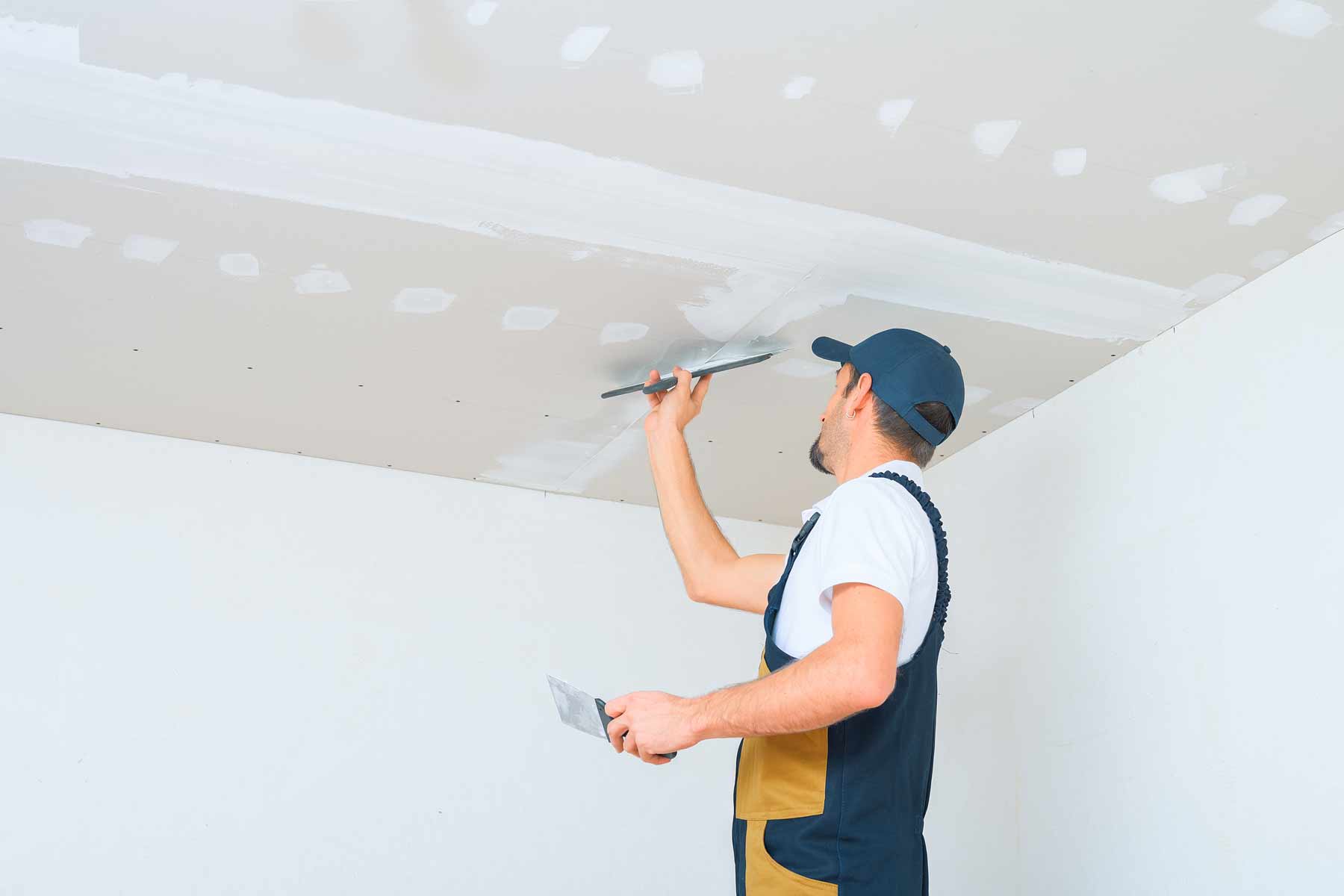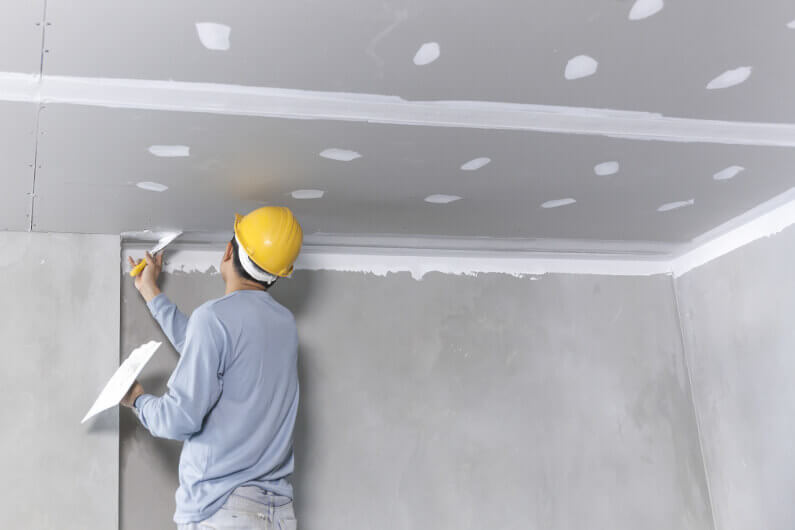Relied On Drywall Fort Worth Specialists for Seamless Results
Relied On Drywall Fort Worth Specialists for Seamless Results
Blog Article
Full Guide to Dependable and efficient Drywall Installment
Drywall setup is a vital element of any construction or renovation job, demanding a meticulous method to guarantee both effectiveness and integrity. It is essential to explore the nuances of each step in the process, as they collectively add to the total success of the drywall setup.
Essential Devices for Drywalling
When embarking on a drywall installation project, having the right devices is vital for achieving a specialist surface. Crucial tools consist of a drywall knife, tape action, and a T-square, which are essential for accurate dimensions and smooth cuts. A drywall lift is likewise extremely helpful, specifically for ceiling setups, permitting easier handling of heavy panels.
For fastening the drywall, a cordless drill and drywall screws are required. The drill ought to be outfitted with a drywall little bit to make certain performance and accuracy. In addition, an essential tool is the drywall saw, which assists in reducing around other barriers and electric outlets.

In addition, protective gear such as security glasses and a dirt mask are necessary to ensure individual security during the installment procedure. Making use of the right devices not just boosts the top quality of the installment however also streamlines the process, making the task extra reliable overall.
Preparing the Space

Following, examine the problem of the ceilings and walls. Repair any kind of existing damages, such as holes, splits, or peeling off paint, to make sure a smooth and even surface area for drywall application. In addition, look for electric outlets, plumbing lines, and a/c ducts, marking their areas to prevent difficulties throughout installation.
It is likewise critical to gauge the room properly, figuring out the dimensions of the walls and ceilings to determine the proper quantity of drywall needed. Create a comprehensive plan that consists of the format and positioning of the drywall panels.
Installation Techniques
Efficient installment techniques are vital for achieving an expert finish in drywall projects. Correct dimension and cutting of drywall sheets are fundamental steps.
When hanging drywall, begin from the leading and job downward, making certain that the lengthy side of the board is vertical to the framework. Secure the sheets with screws as opposed to nails, which provide better holding power and minimize the danger of standing out. Location screws every 12 inches along the sides and every 16 inches in the area of the board.
For corners, use edge beads to achieve sharp, clean sides. When setting up on ceilings, use a drywall lift or have a partner help in holding the sheets in place (drywall contractor). Keep a space of concerning 1/4 inch above the flooring and ceiling to fit expansion and contraction
Finishing Touches

Begin by applying joint tape over the joints. This can be either paper or fiberglass mesh tape, with paper being favored for its toughness. When the tape is in location, it's time to apply the first coat of joint substance, likewise called mud. Utilize a 10 to 12-inch taping knife to spread the substance uniformly over the taped seams, feathering the edges to mix with the bordering drywall.
Permit the compound to dry thoroughly, generally 24 hr. After drying out, sand the surface lightly with fine-grit sandpaper to get rid of any imperfections. drywall installation. Repeat the mudding and sanding procedure, generally 2 to 3 coats, making certain each layer is smooth and flush Get the facts with the drywall surface
Usual Blunders to Avoid
Numerous Do it yourself enthusiasts experience risks throughout drywall installation that can compromise the final results. One usual error is stopping working to properly gauge and reduce drywall sheets.
Another regular error is incorrect fastening. Utilizing also few screws or nails can lead to loose drywall, while overdriving bolts can trigger the paper to tear, deteriorating the framework. It's essential to keep regular spacing, usually every 16 Website inches, and to guarantee that fasteners are flush with the surface area.
In addition, not dealing with wetness concerns before setup can result in mold growth and architectural damages. Always assess the atmosphere and usage moisture-resistant drywall in high-humidity areas.
Verdict
Trustworthy and efficient drywall installment requires careful focus to information throughout the process. Avoiding typical errors even more adds to an expert result, underscoring the value of precision and technique in successful drywall jobs.
It is vital to explore the subtleties of each step in the process, as they collectively contribute to the total success of the drywall setup.When beginning on a drywall setup job, having the right devices is important for accomplishing a specialist coating.For attaching the drywall, a cordless drill and drywall screws are essential.Effectively preparing the room is essential for an effective drywall read here installation.Reliable installation techniques are vital for achieving an expert finish in drywall projects.
Report this page